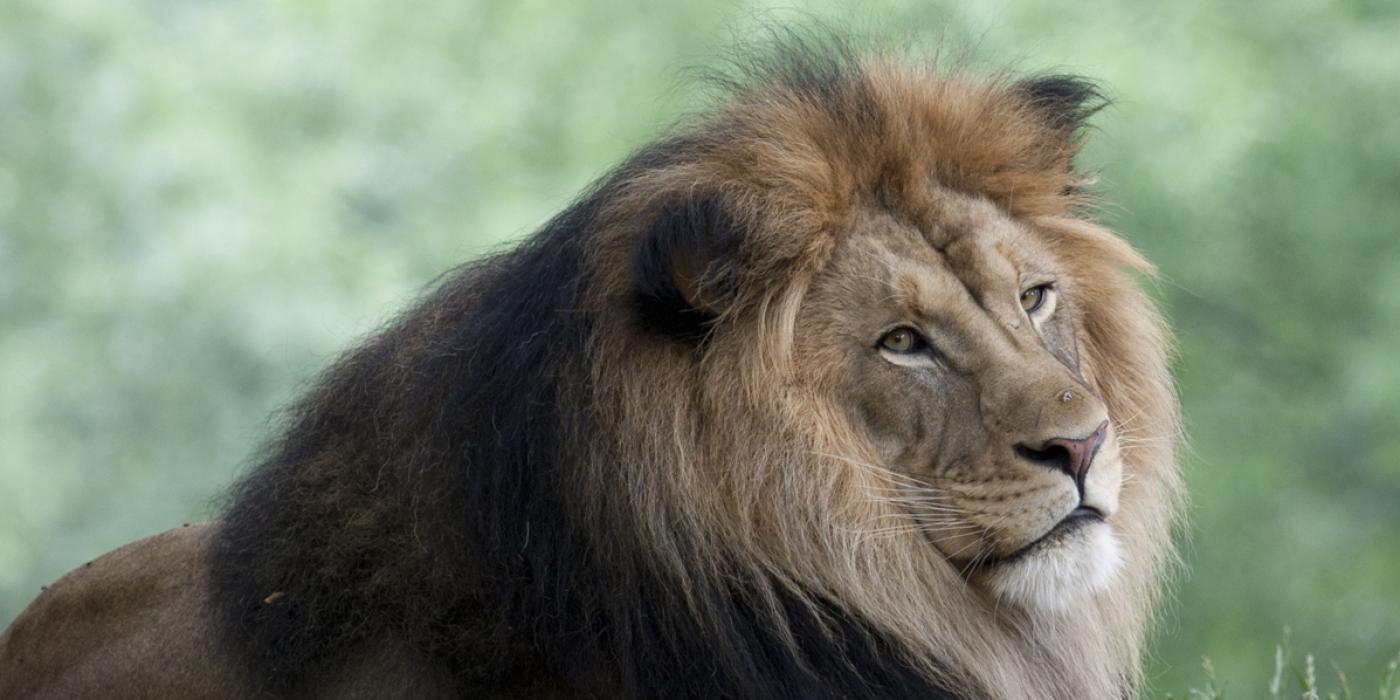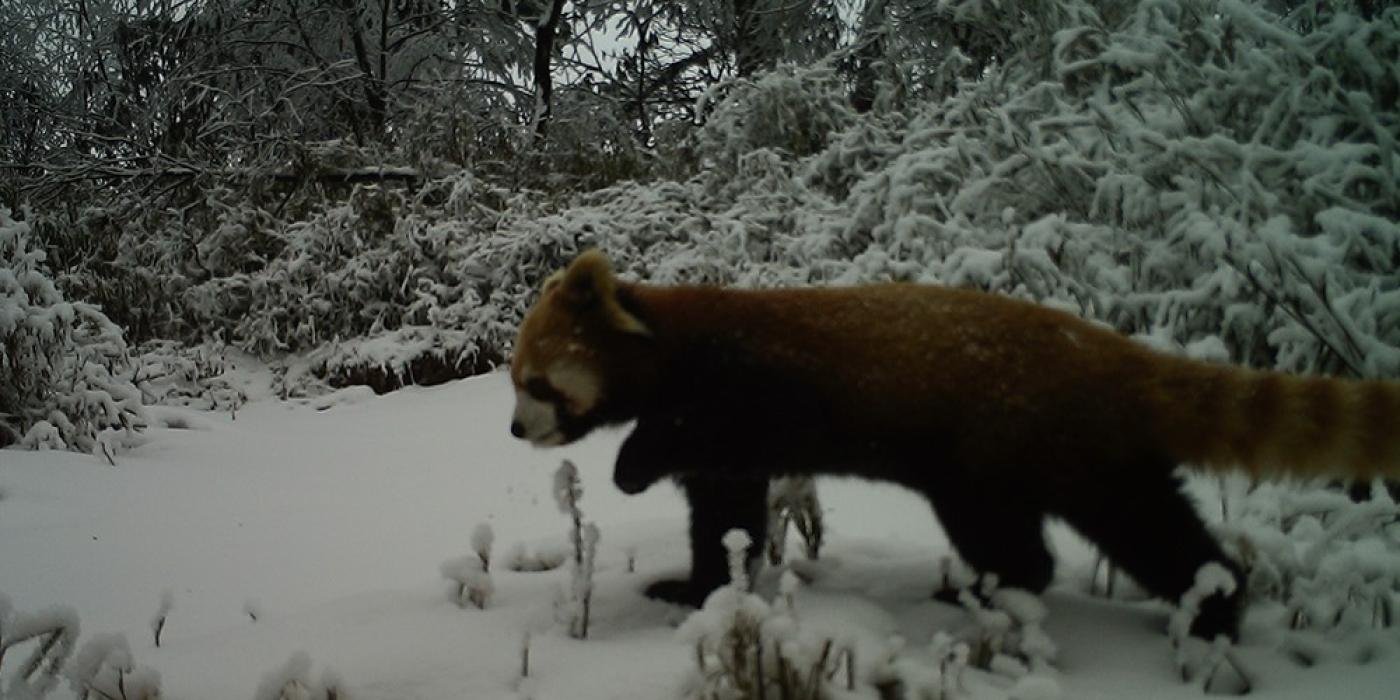Happy National Zookeeper Week!
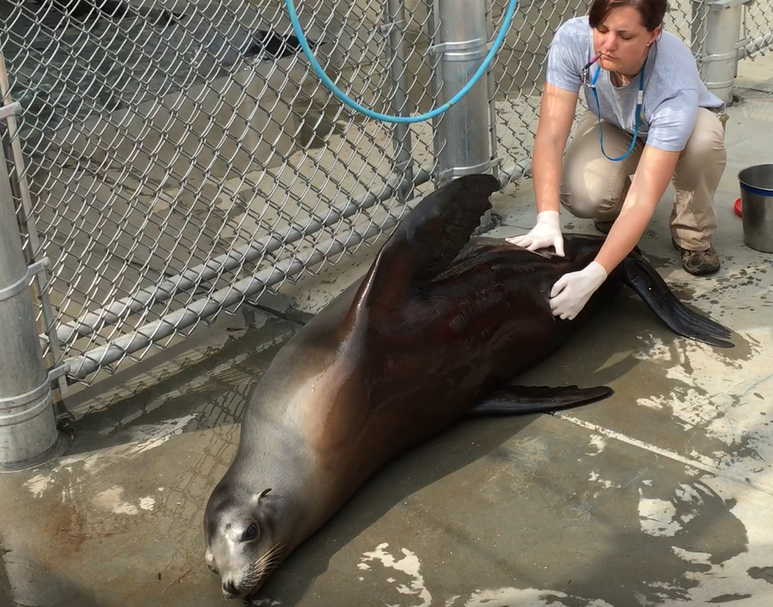
American Trail
“We received a recommendation to breed our male sea lion, Jetty, with one of our adult females, Calli. We were thrilled when their first pup, Catalina, was born in June 2016! To help veterinary and animal keeper staff better understand pup development, keeper Chelsea Grubb trained Calli to voluntarily participate in X-rays. Now, she will lay still on an X-Ray plate for extended periods of time. Chelsea also trained Calli to readjust her position on the plate so that vets can capture specific angles. This excellence in husbandry training will help us monitor Calli’s health and the growth and development of any pups she may have in future.”—Rachel Metz, Curator of American Trail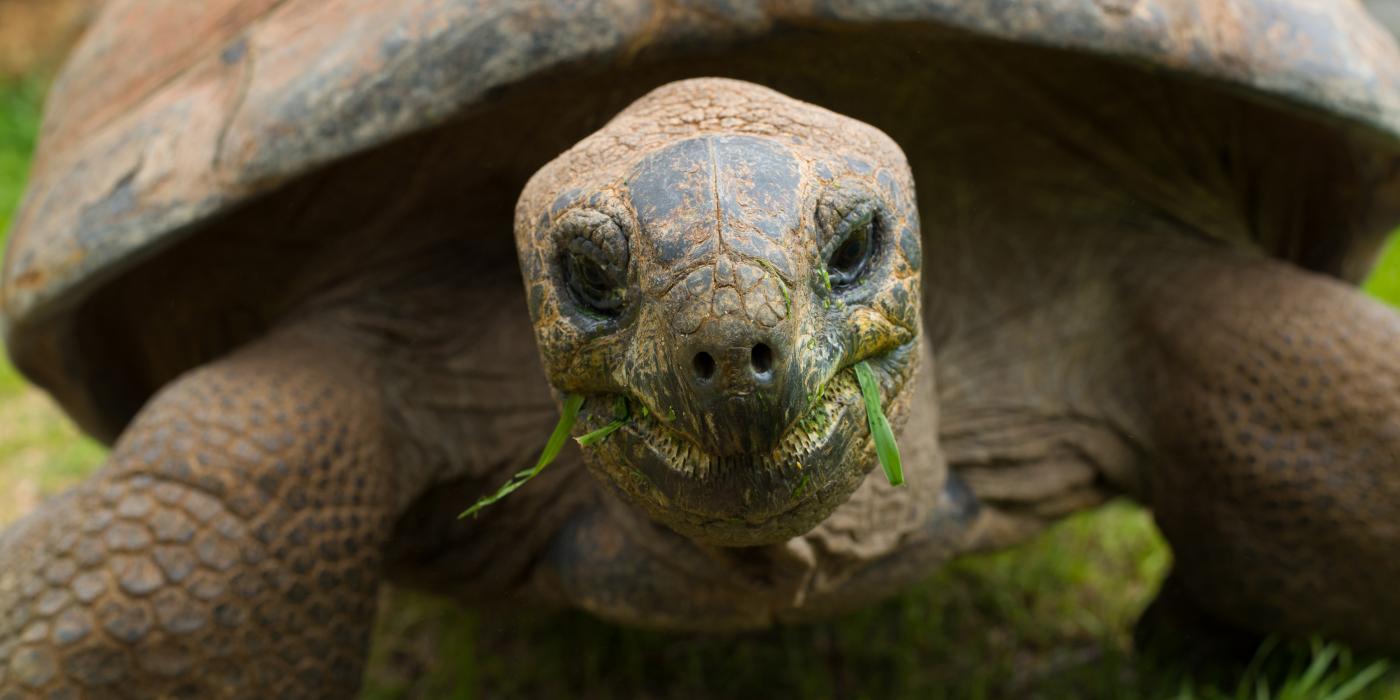
Department of Nutrition Sciences
“The Department of Nutrition Sciences Commissary team takes Ivymount students under their wing throughout the school year. Ivymount is a local school that creates programs and partnerships for people with autism. The commissary team provides a welcoming, patient, structured, yet challenging environment where these students can develop interpersonal skills and gain experience one-on-one from keepers. Staff and coaches ensure the students are comfortable and completing tasks correctly as they assist with the operation. It’s a win-win that provides opportunities for the students’ personal and professional growth while enabling the Commissary team achieve specific, measureable tasks on a daily basis. This effort goes beyond excellence in animal care to excellence in caring and compassion; the team shares not only knowledge but also opportunity with the students.”—Mike Maslanka, Head of the Department of Nutrition Sciences
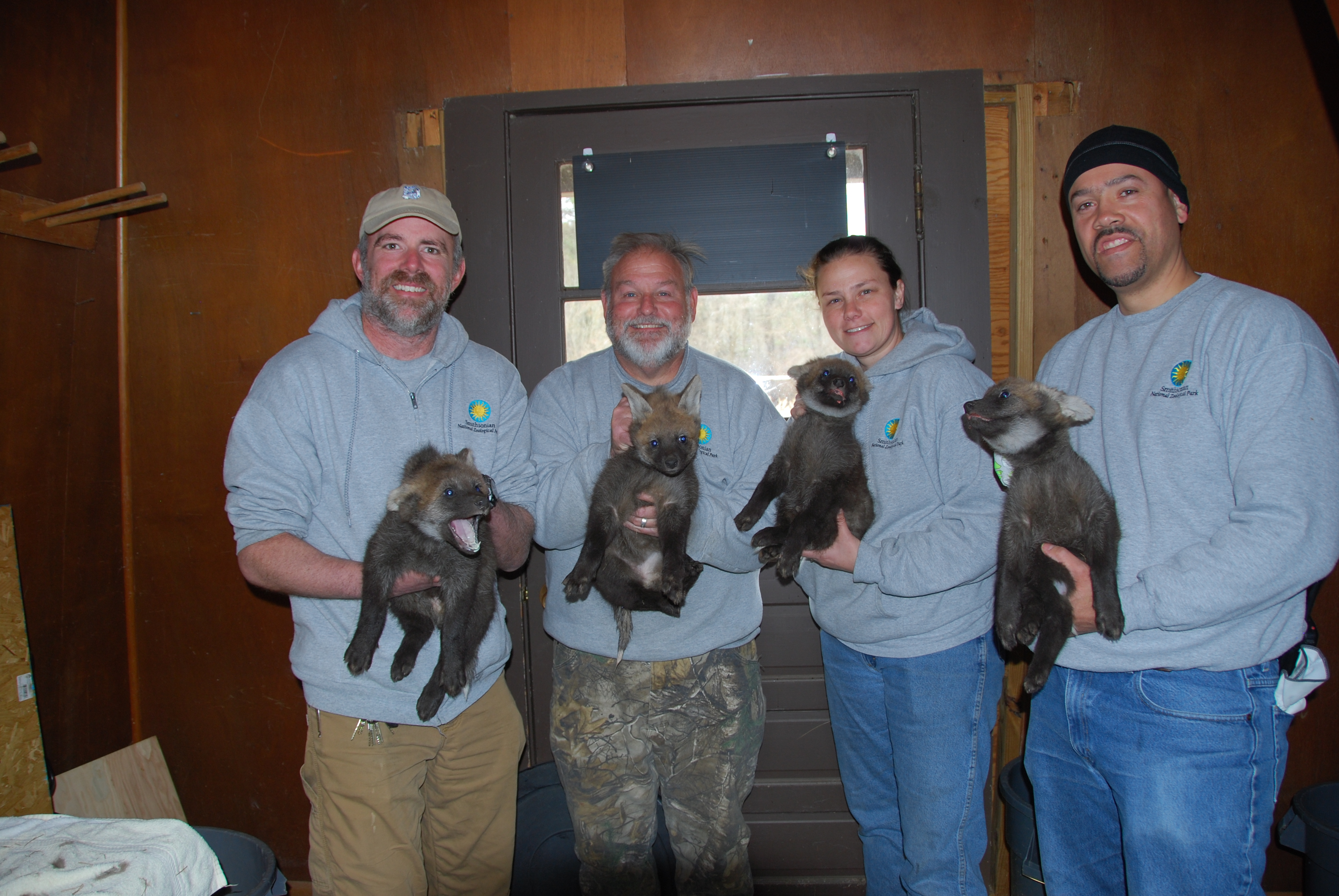
Smithsonian Conservation Biology Institute
“The Smithsonian Conservation Biology Institute (SCBI) manages the largest maned wolf collection in North America. This year, our carnivore keeper team—Ginger Eye, Tom Eyring, Marissa Gonzalez, Jessica Kordell, Chris Lemons and Cathi Morrison—successfully bred two of our maned wolf breeding pairs. Between them, they contributed six pups to the North American population! Our team researches maned wolf social dynamics, parent rearing behaviors, and safe and effective restraint for pups during veterinary procedures—all of which give us insight into managing this vulnerable species.”—Juan Rodriguez, Curator of Carnivores at SCBI
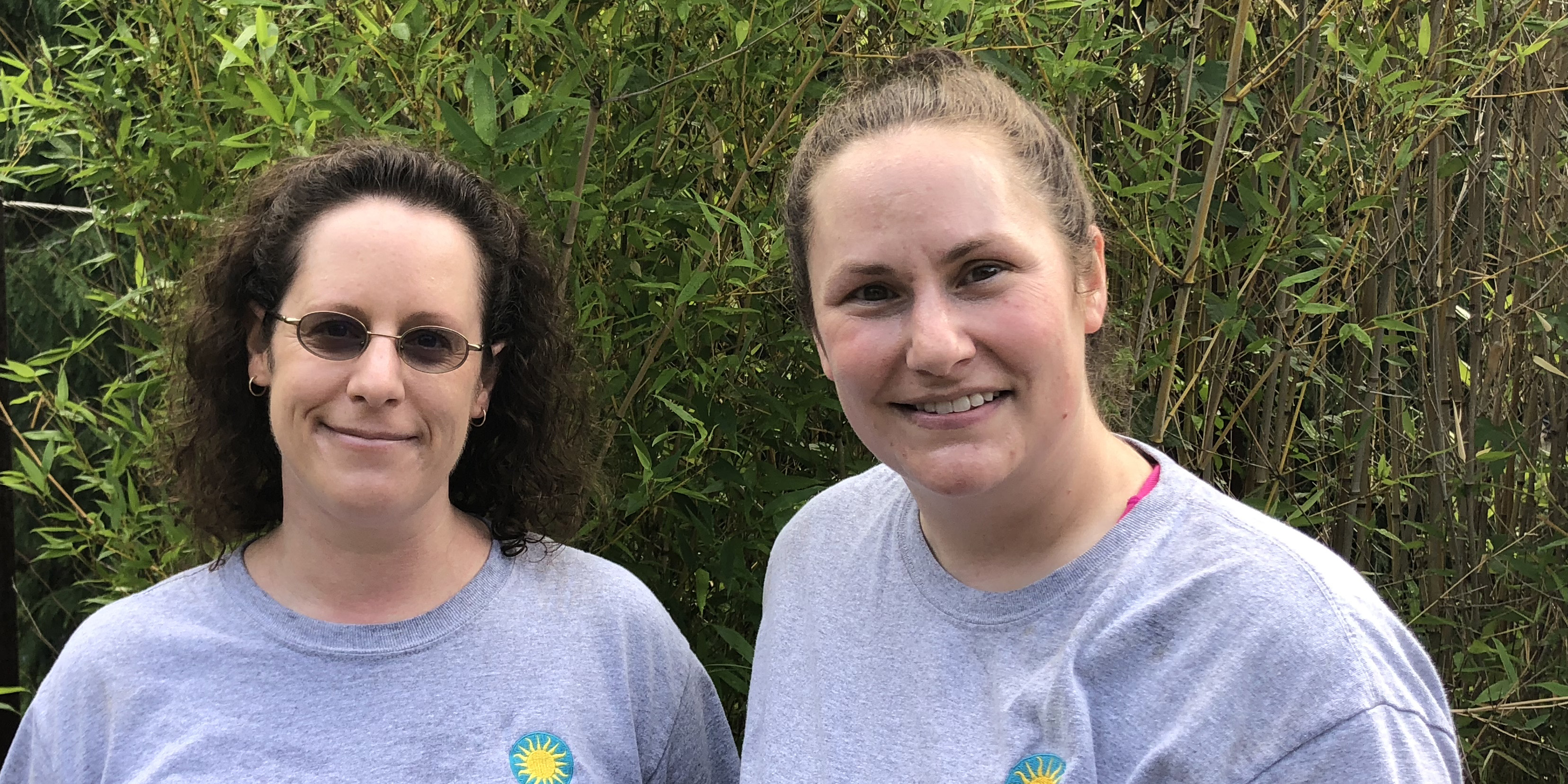
Asia Trail
“When sloth bears Niko and Remi were introduced to one another earlier this year, what Zoo visitors didn’t see was all of the hard work that went into planning behind the scenes. The exemplary care and management provided by Mindy Babitz and Stacey Tabellario ensured Niko’s smooth transfer from Germany and successful introduction to Remi. As a result, the bear pair quickly became a cohesive social group, and we are able to pursue the breeding recommendation from the Association of Zoos and Aquariums’ Species Survival Plan. Mindy and Stacey also developed and implemented new strategies to make the exhibit much more dynamic and engaging for the bears, dramatically improving visitors’ experience, too.”—Michael Brown-Palsgrove, Curator of Asia Trail

Amazonia
“When we opened our Electric Fishes Demonstration Lab last fall, animal keeper Denny Charlton played an integral role in ensuring that the exhibit provided our eel with an enriching and engaging habitat. Denny took the lead on developing our 1 p.m. feeding demonstration, sharing his knowledge and enthusiasm with every zoo visitor. The result has been a big hit with our guests and a great way to inspire future conservationists!”—Rachel Metz, Curator of Amazonia #NZKW2018 #WeSaveSpecies
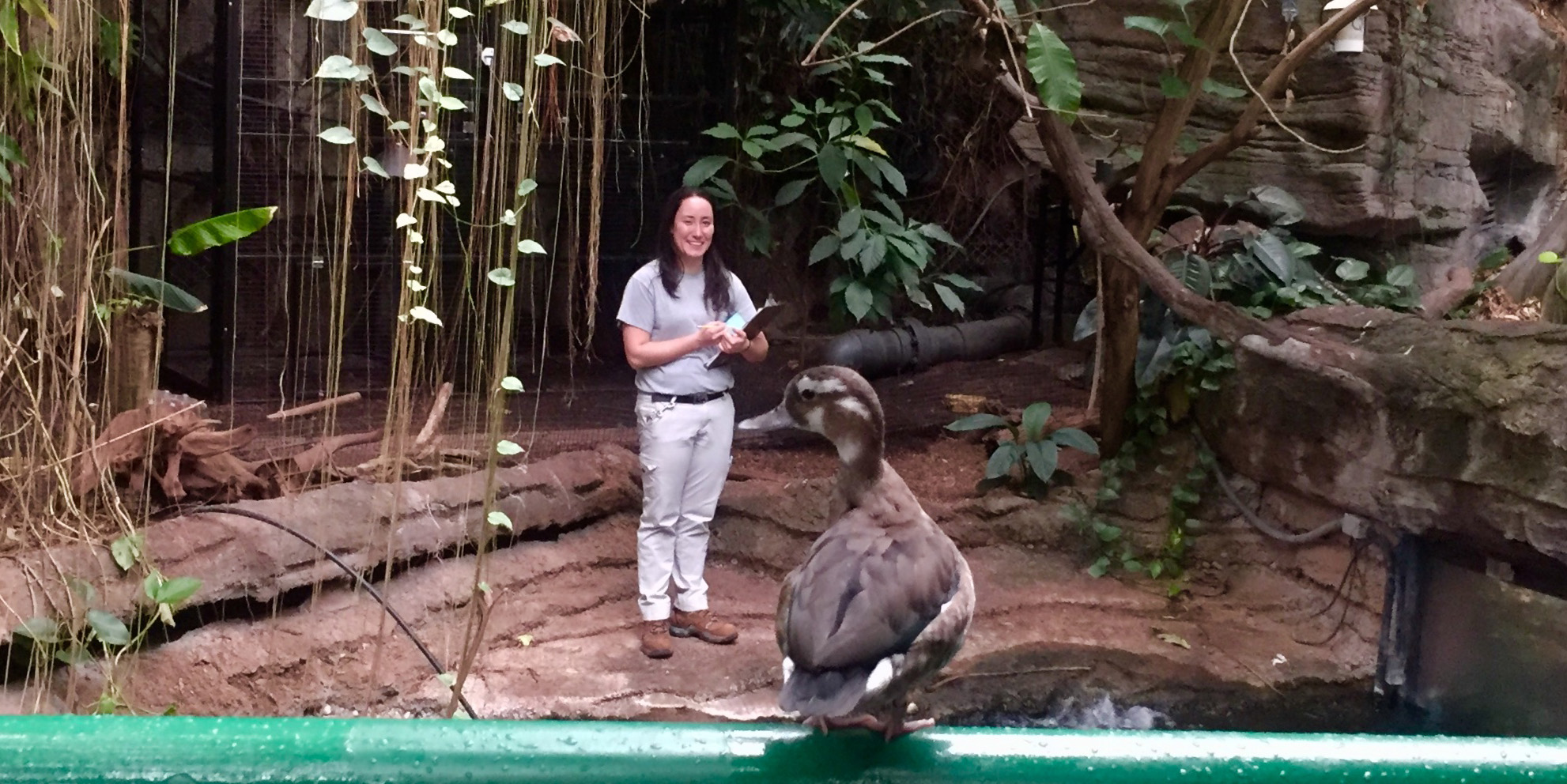
Amazonia
“As you can imagine, recalling birds to participate in medical treatments or exams in an open rainforest exhibit like ours is difficult if not downright impossible. Animal keeper Hilary Colton used positive reinforcement to train all 13 of our free-flighted birds to fly to a food pan in a holding area. By acclimating the birds to these areas, we can improve the overall care we provide—from daily health checks to watching for nesting behaviors. Thanks to Hilary’s persistence, accomplishing annual exams and weighing the birds regularly is not a dream, it is a reality!”—Rachel Metz, Curator of Amazonia #NZKW2018 #WeSaveSpecies
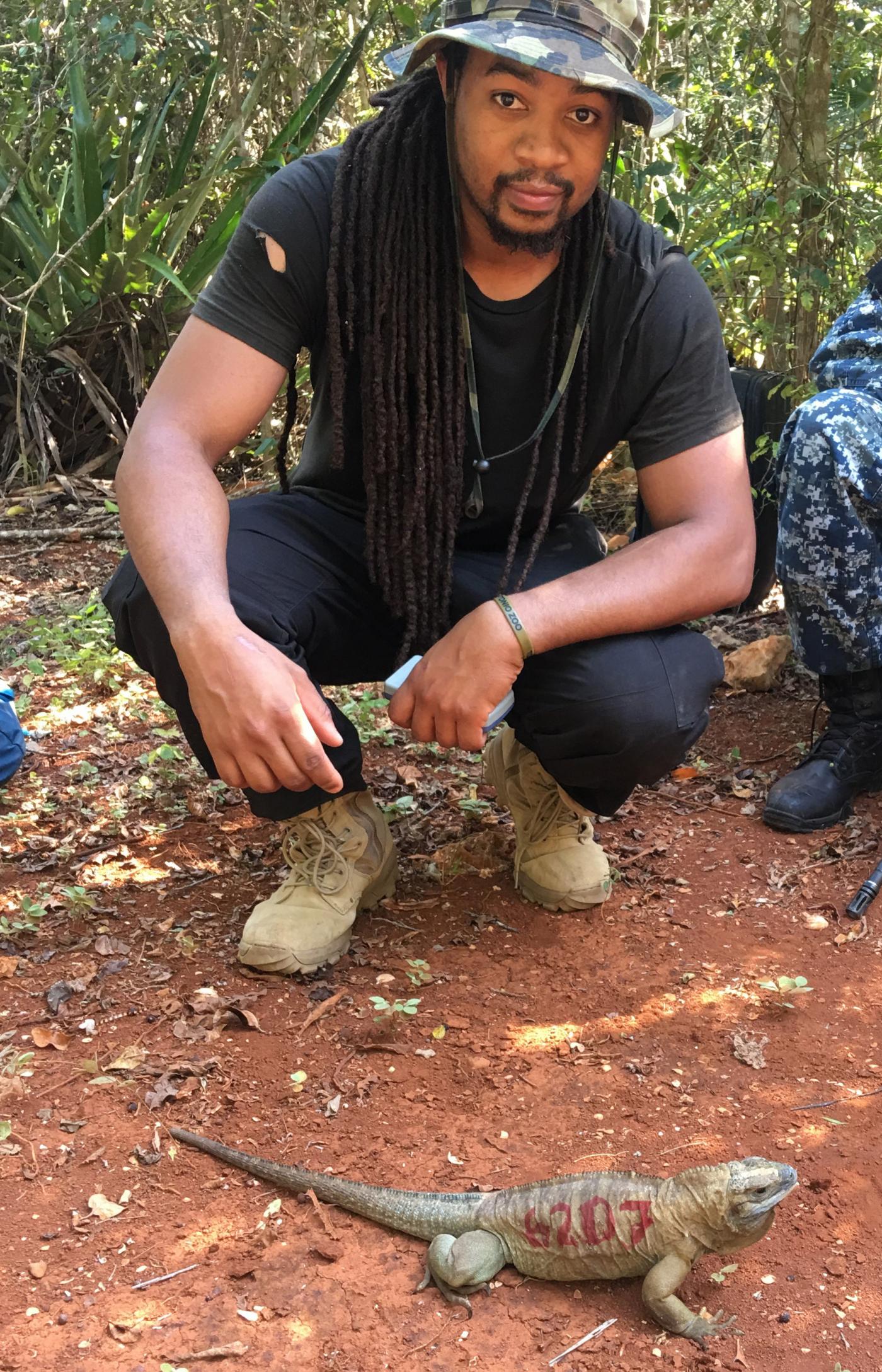
Reptile Discovery Center
“Kyle Miller’s passion for reptiles and dedication to the animal keeper profession reaches far beyond our Zoo. For the second year in a row, Kyle participated in the Jamaican Iguana Recovery Team. The Jamaican iguana was considered extinct from 1940 until 1990, when a small population was discovered in the Hellshire Hills of southern Jamaica. An essential part of the recovery program is to increase iguana numbers by rearing wild hatchlings at the Hope Zoo in Kingston until they are large enough for a successful release. All iguanas are marked and tagged, and some receive radio transmitters to help identify distribution patterns within the habitat. This year, the team released 50 iguanas, marking 399 releases since the program started in 1996. Kyle’s hard work is evident each day; he is quick to help his fellow keepers with managing dangerous animals and other daily tasks that are necessary to care for more than 70 reptile and amphibian species.”—Alan Peters, Curator of Reptile Discovery Center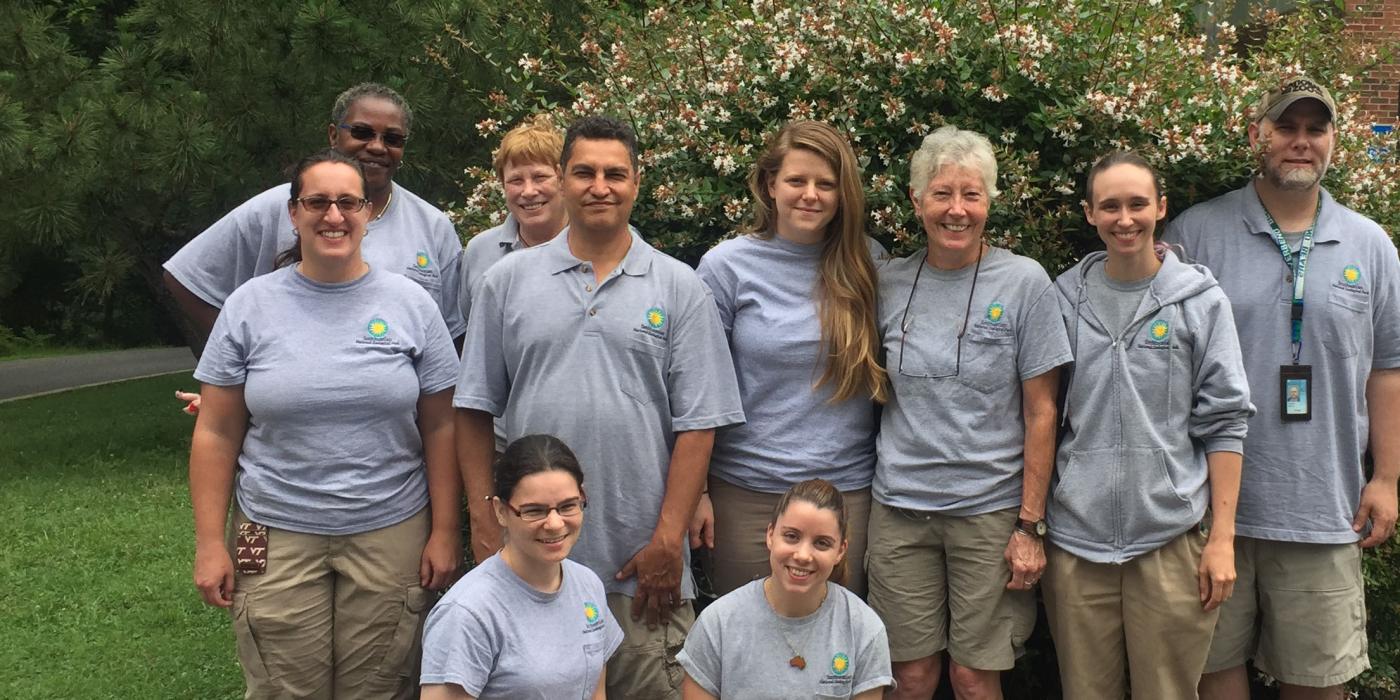
Bird House
“Imagine packing up an entire exhibit and moving animals, staff and more than 50 years’ worth of supplies! Bird House keepers moved all of that into three new holding facilities in preparation for transforming and renovating the current exhibit into Experience Migration. Doing so required good communication, careful planning and working together to accomplish a smooth transition to new facilities. All of this was done by the Bird House team while continuing to provide excellence in animal care and welfare for a living collection of rare and exotic birds. We are ready for construction to begin!”—Sara Hallager, Curator of Bird House #NZKW2018 #WeSaveSpecies

Small Mammal House
“Small Mammal House keepers present meet-a-mammal encounters twice a day, showcasing some of our amazing animals to visitors. Keepers form trusting relationships with our animals to ensure they are comfortable during these demonstrations. They share their expertise about the species and individual animals—from the tiny, 50 gram naked mole-rat to the 25 pound two-toed sloth. Between daily demonstrations, special events and Friends of the National Zoo member activities, our keepers complete about 1,000 animal encounters per year!”—Steve Sarro, Curator of Small Mammal House
Primates
“Primate keeper Melba Brown worked closely with western lowland gorilla Calaya throughout her pregnancy. In the months leading up to Moke’s birth, Melba built a trusting relationship with Calaya. She trained her to sit—often for long sessions—while our veterinarians operated the ultrasound machine. Performing voluntary ultrasounds allowed primate husbandry and vet staff to monitor Calaya’s pregnancy, know when the fetus changed position, and watch for important changes throughout fetal development. This method is stress-free, and the data obtained from these sessions could be extremely helpful to understanding more about the development of gorillas prior to birth. Melba’s ultrasound sessions, as well as other maternal training with Calaya, will be instrumental to accomplishing future training goals since Moke’s birth, such as injection training for Moke’s future immunizations.”—Meredith Bastian, Curator of Primates

